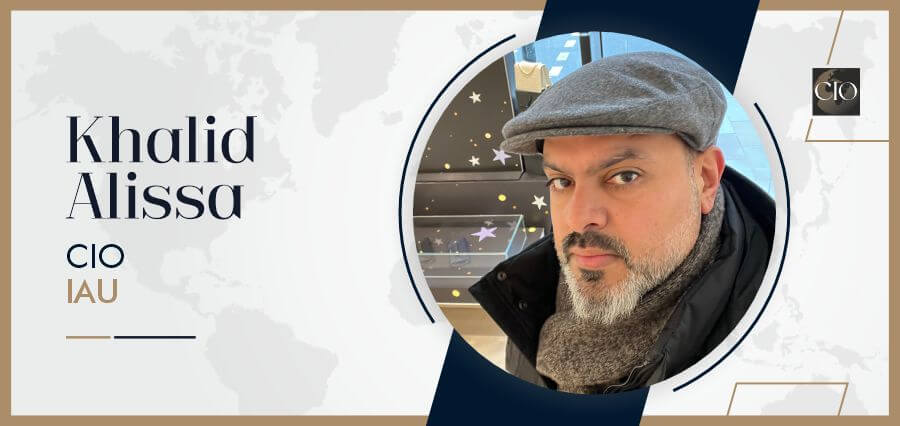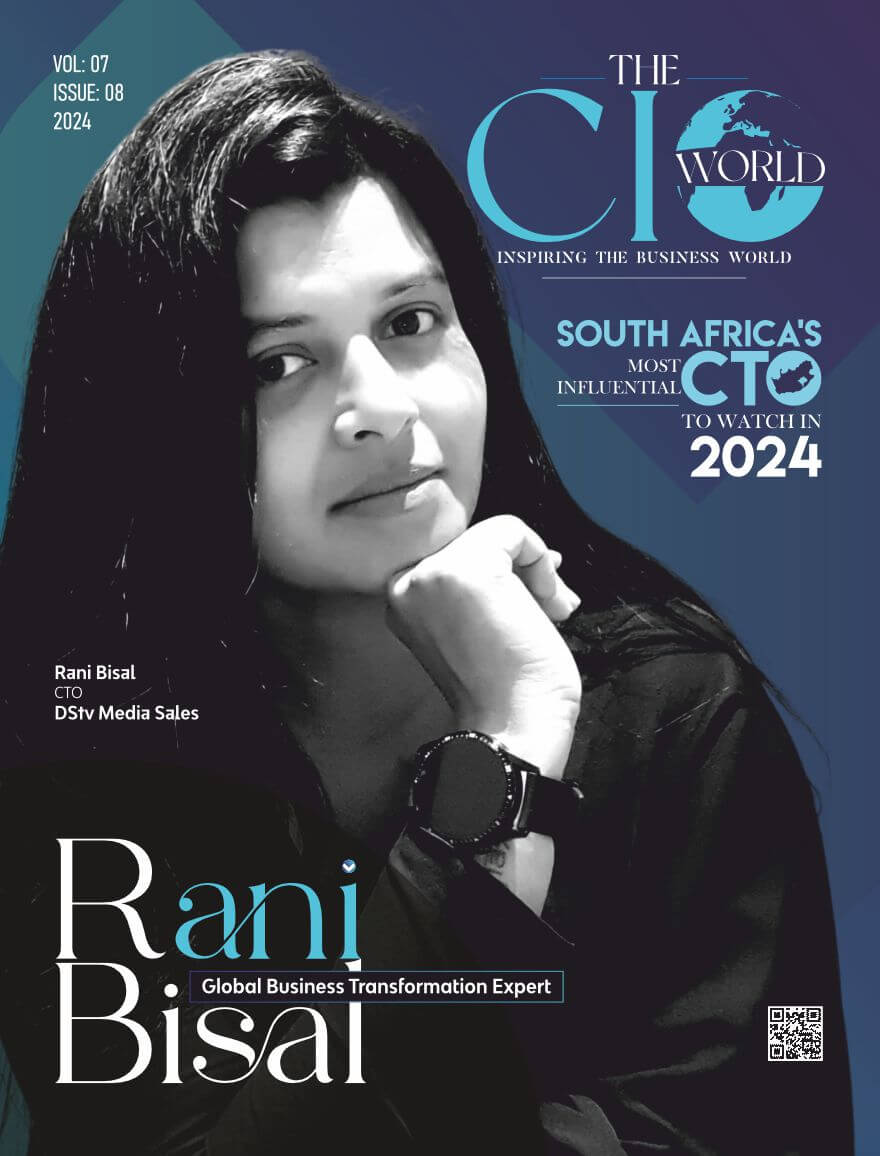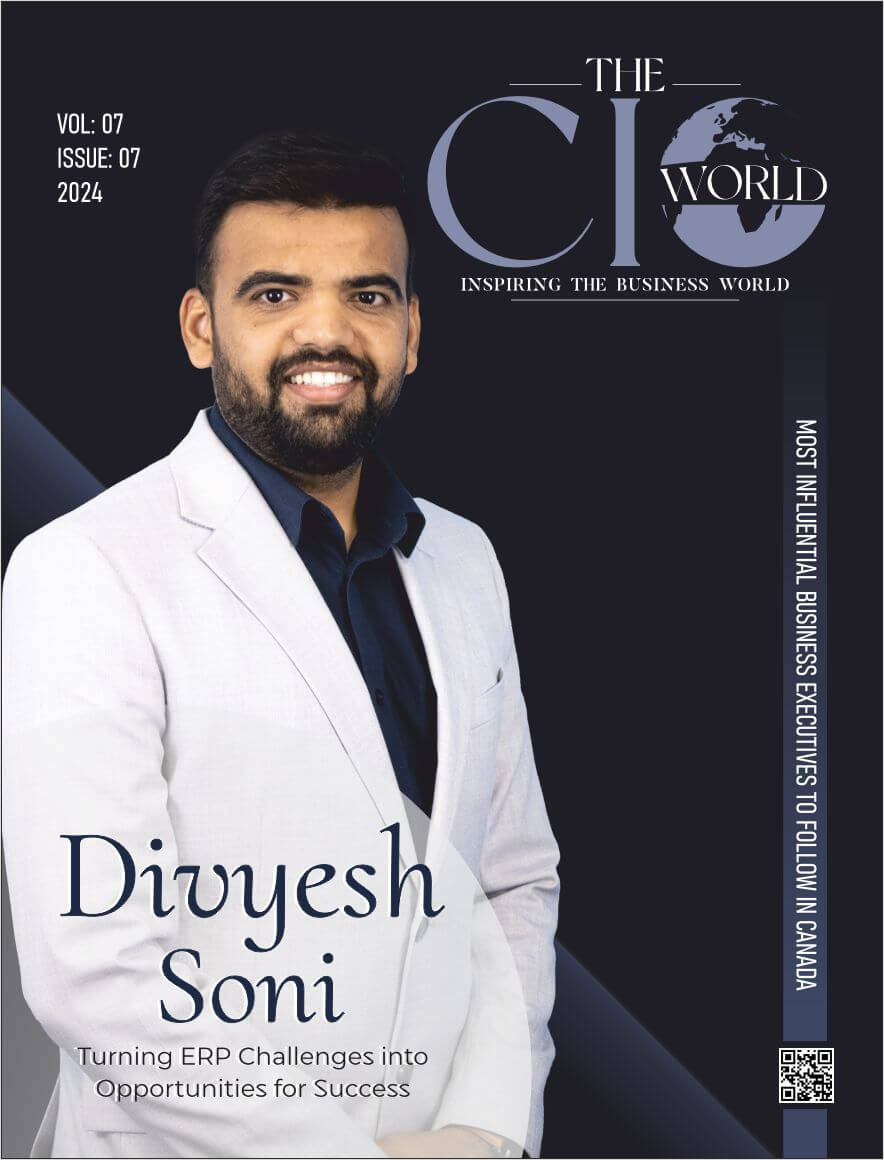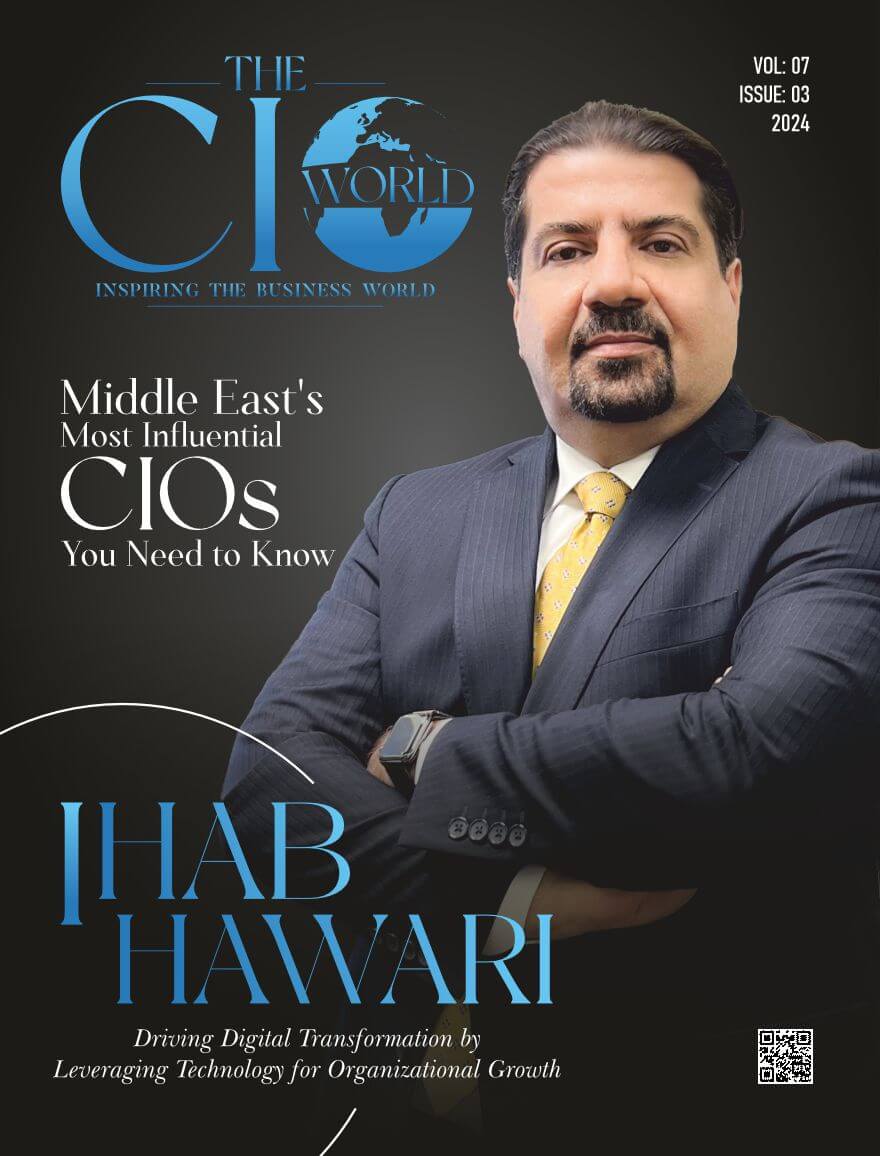The educational environment is being drastically altered by digital transformation, which presents previously unheard-of chances to improve student outcomes, increase accessibility, and equip them for success in the digital era. Through the integration of digital technology, educational establishments may fully realize the promise of education, enabling students to prosper in a constantly changing global environment.
Khalid Alissa, the CIO of Imam Abdulrahman bin Faisal University (IAU), has been at the forefront of integrating technology into education. He is a seasoned professor with a history of working in different sectors. He is skilled in ITIL, Computer Forensics, Enterprise Architecture, Requirements Analysis, and Business Process.
In our discussion with him, he highlighted his crucial role at IAU in helping the university become one of the topmost universities in the world.
Below are the highlights from the interview!
Could you please tell us about yourself and what motivated you to embark on this sector?
My name is Khalid Alissa, PhD in information security, CIO, cybersecurity consultant, certified change management professional, Keynote speaker, and trainer. Award-winning “Outstanding leadership in education.” First place in digital transformation in the education sector in Saudi Arabia. Member of several advisory boards.
IT is a sector that I have been in love with since high school. It was mesmerizing and amazing to us how things can be done in a very easy way. So, when it was time to go to college, I decided to go into IT. After getting my bachelor’s degree, I fell in love with networks. I spent a few years working in networks and then decided to specialize in network security and cybersecurity.
Can you please brief us about your company and its inception story?
I work at Imam Abdulrahman bin Faisal University (IAU), a public university aiming to be at the top of national universities and among the top 50 worldwide.
As a CIO, how would you approach aligning our technology strategies with our business objectives to drive growth and efficiency?
For any strategy to be effective and beneficial, it should be in line with a bigger strategy. IT strategy should be in line with the university strategy (business), which should be in line with the ministry strategy, which is in line with the Kingdom of Saudi Arabia strategy (Vision 2030). Business objectives and goals are part of the business strategy, so being in line with them helps in achieving the business objectives.
In your opinion, what emerging technologies do you believe will have the most significant impact on our industry, and how would you integrate them into our existing infrastructure?
I believe that AI will have the biggest effect in the future; the way we deal with IT and cybersecurity will change dramatically because of AI. Even the way we teach should change with the new AI wave. Back before the internet, an integral part of teaching was to make sure that students memorized the information because it was not easy to reach. After the introduction of the internet and search engines, it became very easy to find any information you needed within seconds. So, the teaching style shifted to how to make use of this information. I know you can reach the information easily, but I need you to make use of it by writing a review and including your opinion, or by doing research. With the new era of AI, this can be done easily by AI without any effort from the student, so there will be no learning curve. Therefore, we need to yet again update and enhance the teaching style.
How do you plan to ensure data security and compliance with regulations in our organization, particularly in light of evolving cybersecurity threats?
In KSA, we have “Essential Cybersecurity Controls (ECC),” which are enforced by the NCA (National Cybersecurity Authority). Applying these controls helps us achieve the minimum security requirements. Also, we work hard with the support of higher management to have the latest technology in cybersecurity and provide training to your cybersecurity engineers. In the end, there is no such thing as 100% security, but you always have to try to get as close as possible.
Can you provide examples of successful IT projects you’ve led in the past and the strategies you employed to ensure they were completed on time and within budget?
“Succession Plan” is a big project that aims to keep the university ready and always have people ready to be the next leaders. Starting from evaluation, understanding the weaknesses, and providing training on these weaknesses through a complete dashboard for higher management, to preparing the next leader. This whole project was automated through a complete online system that was developed in-house.
Collaboration and communication are crucial aspects of IT leadership. How do you plan to foster collaboration between IT and other departments within our company to enhance overall productivity and innovation?
Attitude is everything. In this age, IT has become the nerve system for any organization. It is related to every single entity in the organization. If IT stops, the organization will be paralyzed. We have encouraged IT professionals to deal with the rest of the organization’s employees as customers, and we saw a huge change in attitude once the mentality was changed by considering the customers. Also, we have encouraged suggestions and innovations from other departments in the organization. We received some good ideas and worked on them. At the time of the announcement of the new system, a clear statement thanking the person who suggested the idea was at the beginning of the announcement. We have noticed that this encourages other people to suggest new ideas and innovations because they want to see their names.
Given the rapid pace of technological change, how do you stay updated on the latest trends and advancements in the field of information technology, and how would you leverage this knowledge for the benefit of our company?
I believe one of the most important aspects that keeps you up-to-date is good communication and staying close with your employees. Keeping up with people who are working on the technical aspects helped a lot in staying up-to-date. Also, I love to stay connected to the field by listening to podcasts and reading new articles. Probably being an academic also helps in staying up-to-date with the research in the field.
Can you describe a challenging situation you encountered in a previous role as a CIO and how you successfully navigated through it to achieve a positive outcome?
When COVID-19 hit, we received orders that everyone should work remotely. As CIO, I received a call from the president asking me if it was true that we could do 76% of the work remotely. My answer was, “Give us 5 days, and you will be able to do more than 90% of the work remotely.” I was so thankful that we were ready; we just needed to tell people which system to use and how to use it. We started taking “training pills.” Each training course is 10 to 20 minutes in length on a very specific topic. For example, we had a 15-minute session on how to sign documents using your laptop. One of the audiences asked how I do it using my mobile, and the answer was, “This will be another course that will be given 1 hour from now.” People were so active and excited about these courses, as they do not consume your time and help you with a very specific topic that you need. The “training pills” program was so successful and helpful in digital transformation that we still see how it changed users’ behavior.
What metrics or KPIs do you believe are essential for measuring the effectiveness of our IT initiatives, and how would you ensure that our IT investments deliver tangible results?
User satisfaction is the most important KPI for us. I remember when we received 1st place in digital transformation, I received so many calls from users within the university stating that they felt the change and thanking us by saying this was well deserved, we so the change and our lives became much easier. This kind of feedback is more important than any trophy.
Cultural fit is essential for success in any leadership role. How would you describe your leadership style, and how do you envision it fitting into the culture of our company?
Leading by example is the most important role for a leader. Once people see you working hard and doing what you are supposed to do, they will copy you. I have noticed that employees have a lot of leadership qualities.
For a new leader, it is important to understand the work, reorganize, and supervise. In the beginning, your work will be hard and require long hours. You have to be involved in everything, but if you do it right, you will reach a state where you just need to make the big decisions. The daily work should not be affected by your absence.
Could you please highlight any awards or recognitions you are honored with?
- 1st place in digital transformation in the education sector
- Outstanding leadership award
- Cybersecurity educator of the year
- Cybersecurity leader of the year







